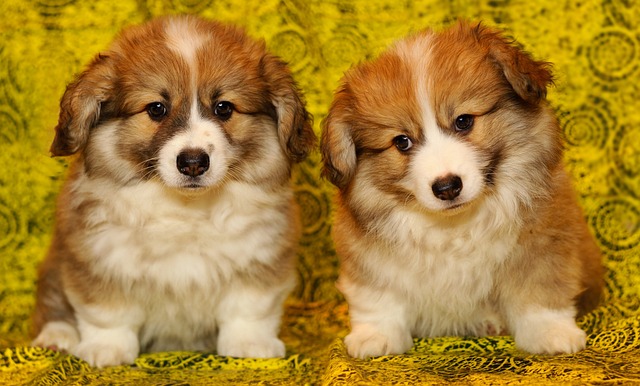
Do food toppers work for dogs
You’re standing in your kitchen, watching your dog sniff at their bowl of dry kibble with zero enthusiasm. Sound familiar?
Have you ever wondered why poodles often have docked tails? This practice traces back to the breed’s working origins, though modern perspectives on animal welfare have sparked important conversations. Let’s explore the history, traditions, and evolving attitudes behind this common feature.
Originally, poodles were water-retrieving dogs, named for the German "pudel" (to splash). Centuries ago, breeders believed docking protected their tails in icy water or thick brush, reducing injury risks and improving agility during hunts. As working dogs, a shorter tail made sense—practical for their demanding roles.
Over time, poodles became show dogs and companions, blending function with fashion. Kennel clubs like the AKC standardized docked tails as part of the breed’s "elegant" look, leading many breeders to continue the practice for competition. What started as a working necessity became a hallmark of their iconic appearance.
 Today, the story changes by region. In the EU, tail docking is banned unless medical, driven by concerns for dog welfare. The procedure, done on very young puppies, raises questions about pain and communication—tails are vital for expressing emotions like joy or stress. Critics argue altering this natural behavior impacts a dog’s well-being.
Today, the story changes by region. In the EU, tail docking is banned unless medical, driven by concerns for dog welfare. The procedure, done on very young puppies, raises questions about pain and communication—tails are vital for expressing emotions like joy or stress. Critics argue altering this natural behavior impacts a dog’s well-being.
In the U.S,rules vary. Some states regulate docking, while others leave it to breeders and owners. Ethical breeders now focus on transparency, discussing the trade-offs between tradition and modern care. They help owners weigh show standards against a pet’s quality of life, ensuring informed choices for companionship or competition.
Veterinarians also emphasize caution. While once routine, non-medical docking now requires clear justification. They stress proper care to minimize discomfort, acknowledging the procedure’s ethical complexities. For many, it’s a balance between honoring heritage and prioritizing a dog’s natural needs.
So why dock tails today? It’s a mix of history, aesthetics, and local laws. Some value tradition and breed standards, while others embrace natural tails for their dogs’ full emotional expression. The key for any owner is understanding regional regulations, consulting vets, and choosing what aligns with their poodle’s health and happiness.
Whether docked or natural, the heart of caring for a poodle remains the same: love, respect, and ensuring their well-being. The debate reminds us how human traditions and evolving compassion shape our bond with these intelligent, loyal companions.

You’re standing in your kitchen, watching your dog sniff at their bowl of dry kibble with zero enthusiasm. Sound familiar?

Spotting the first signs of your dog’s pregnancy feels like discovering a secret little miracle. But it’s not always obvious—unlike humans, dogs don’t have missed periods.

Wondering how soon you can tell if your dog is pregnant?The anticipation of new furry arrivals is both exciting and nerve-wracking.

Walking into your living room to find a flurry of fur on your couch, carpets, and even your clothes can be frustrating.

Picture this cozy scene: You’re finishing your morning cereal in your Chicago apartment, and your Labrador gives you that look – head tilted, eyes begging for the leftover milk.

Keeping your puppy’s teeth sparkling isn't just about a fresh-smelling kiss—it’s crucial for preventing painful dental issues down the road.